Sometimes things seem to move along so slowly. We lack motivation to move forward. Our dreams take a back seat to the “necessary” things of every day life. Others in our lives distract us with their issues and problems. When we finally lay our heads down on the pillow at night, we take a deep breath and wonder “What Is Wrong With Me?
As a Life Coach I hear this often from clients. But, truth be told, I have been in this same place myself. In fact, lately I’ve been spending a lot of time there. Wondering. Searching. Trying to figure it out. Seeking the “magic” solution (no pun intended) to my problem that will get me out of my funk and move me forward quickly in the direction I want to go. To realize my dreams sooner rather than later. To have the life I’ve always wanted to have. To “arrive” at my destination and feel success and joy.
But today it dawned on me; I’ve missed the point.
Often when I feel something is wrong with me, it’s due to a few simple feelings:
I feel like I’m not in control;
I feel unmotivated and spiritually tired.
As I’ve struggled with these issues, a few bits of advice from The Daily Om helped me gain some perspective.
“Trying to maintain control in this life is a bit like trying to maintain control on a roller coaster. The ride has its own logic and is going to go its own way, regardless of how tightly you grip the bar. There is a thrill and a power in simply surrendering to the ride and fully feeling the ups and downs of it, letting the curves take you rather than fighting them. When you fight the ride, resisting what’s happening at every turn, your whole being becomes tense and anxiety is your close companion. When you go with the ride, accepting what you cannot control, freedom and joy will inevitably arise.”
 As someone who has experienced failures in both relationships and career I can tell you that when the illusion of control is removed, it is a very traumatic experience. One of my favorite movie scenes is this one from Instinct with Anthony Hopkins & Cuba Gooding Jr. When we realize that control of everything in our lives is an illusion, we take the first step to understanding the true power we have over our lives.
As someone who has experienced failures in both relationships and career I can tell you that when the illusion of control is removed, it is a very traumatic experience. One of my favorite movie scenes is this one from Instinct with Anthony Hopkins & Cuba Gooding Jr. When we realize that control of everything in our lives is an illusion, we take the first step to understanding the true power we have over our lives.
While we may not be able to control everything that happens to us, we can always control how we choose to react in response. When we increase our awareness and surrender to what is in this moment, we have much more personal power available when it is time to choose our response.
Now this is not to say that we should sit back and not take any action to make our lives become what we would like no more than we would get on a roller coaster without connecting our safety harness. What it does mean is that we must overcome the fear and anxiety that causes us to just take any action so that we are at least doing something! When we can relinquish control and relax into this unknown experience, we may find that the results were not exactly what we hoped would happen but were exactly what was needed for us to take the next step in our journey. Put another way, that last hard right turn on the coaster may have been unexpected and startling, but it was all just part of the ride.
The way we remain a joyous rider of life’s roller coaster is to remain positive. There have been times where I have seen no good outcome possible for my particular situation only to be pleasantly surprised a short time later and it was all because I remained positive and open to the possibilities. I’ve also had times where I’ve repeated lessons and taken steps backwards for no other reason than that I believed things couldn’t possibly work out for me and that I was doomed to experience pain as punishment for my previous actions. Energy flows where attention goes and gaining peace with situations that feel “out of control” revolve primarily around our thoughts; the more we think we can have a great outcome, the more likely it becomes as our thoughts truly control our reality.
Motivation ties in closely with this feeling of control. After all, if we don’t have any control, then why should we even try? We should just sit back, let things happen and just live with the consequences, right? This type of thinking, whether we realize it or not, is no different than expecting things to go wrong for us. In addition, if we try to force something to happen, we are going against ourselves as the reason it has not materialized for us yet is that our higher self knows we’re not quite ready. Perhaps we need to learn something, meet someone or have another experience before we’ll be truly ready.
In the meantime, we should just enjoy the ride and the experiences we are having. In our fast paced society, we often feel uneasy if we are not “accomplishing” or “doing” something. Realizing that “making progress” cannot be forced allows us to transition from human “doings” to human “beings”…and sometimes just being is all that’s required.

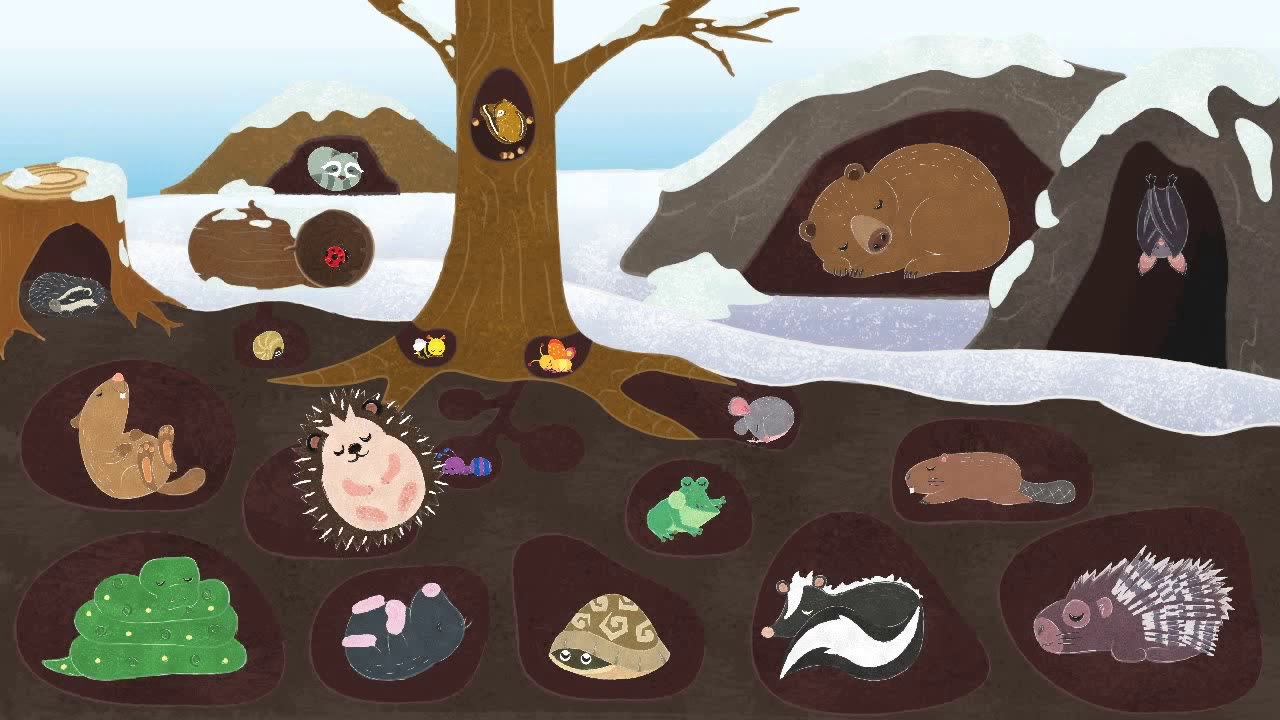 With all this activity and stress, it is easy for us to miss out on the healing time the winter provides. As we mentioned earlier, winter is the time when nature hibernates and prepares for the coming year. We should take advantage of this time ourselves as well. While we may not always feel we have the time we need to do this, it is important to set aside some personal time and allow ourselves to just “be” without “doing.”
With all this activity and stress, it is easy for us to miss out on the healing time the winter provides. As we mentioned earlier, winter is the time when nature hibernates and prepares for the coming year. We should take advantage of this time ourselves as well. While we may not always feel we have the time we need to do this, it is important to set aside some personal time and allow ourselves to just “be” without “doing.” 
 What I didn’t realize at the time is that the car is somewhat rare; Ford only built 2000 of them in 1994 and only 700 of them like mine with a manual transmission. I so loved driving that car. None of my friends or family had anything like it. It made me feel special and unique.
What I didn’t realize at the time is that the car is somewhat rare; Ford only built 2000 of them in 1994 and only 700 of them like mine with a manual transmission. I so loved driving that car. None of my friends or family had anything like it. It made me feel special and unique. Consider a circus performer on a tightrope. Each performer has a unique style. Some use chairs, some use bicycles, some stack other people on top of themselves and, yes, some juggle! If the “wrong” things are chosen to juggle while walking the rope, balancing becomes incredibly difficult. When good choices are made about the objects being juggled, balancing becomes easy.
Consider a circus performer on a tightrope. Each performer has a unique style. Some use chairs, some use bicycles, some stack other people on top of themselves and, yes, some juggle! If the “wrong” things are chosen to juggle while walking the rope, balancing becomes incredibly difficult. When good choices are made about the objects being juggled, balancing becomes easy. In fact, this is what most of us are discussing regularly with others when we talk about all the things we are trying to manage in our lives.
In fact, this is what most of us are discussing regularly with others when we talk about all the things we are trying to manage in our lives.
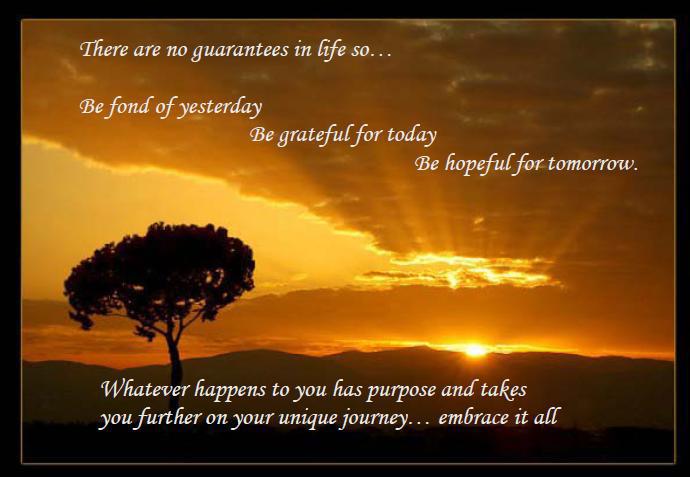 Whenever something like this happens to me, whenever I am “thrown off” by a situation or event, one of the things I do is to “tune into” the lessons that are being presented to me. It is in times like these that I am most reminded that there are no accidents and everything happens
Whenever something like this happens to me, whenever I am “thrown off” by a situation or event, one of the things I do is to “tune into” the lessons that are being presented to me. It is in times like these that I am most reminded that there are no accidents and everything happens 
 The second point is something very few of us realize when others let us down. We often get caught up in thoughts of what he or she did to us, how they violated our friendship, our relationship, and ultimately our trust. There is one key thing to remember in the trying time we are experiencing:
The second point is something very few of us realize when others let us down. We often get caught up in thoughts of what he or she did to us, how they violated our friendship, our relationship, and ultimately our trust. There is one key thing to remember in the trying time we are experiencing:
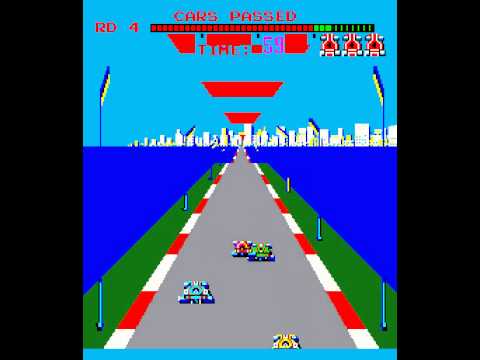 One game in particular that I really enjoyed was called Turbo (shown in the picture).
One game in particular that I really enjoyed was called Turbo (shown in the picture).
 If we are so overwhelmed with all that is going “wrong” in our lives, we will simply attract more of that.
If we are so overwhelmed with all that is going “wrong” in our lives, we will simply attract more of that. I thought of a new way to arrange the flights we needed that was a bit “out of the box” but elegantly solved some logistical issues we were trying to overcome. The final bill for the trip? Just over $1,400.
I thought of a new way to arrange the flights we needed that was a bit “out of the box” but elegantly solved some logistical issues we were trying to overcome. The final bill for the trip? Just over $1,400.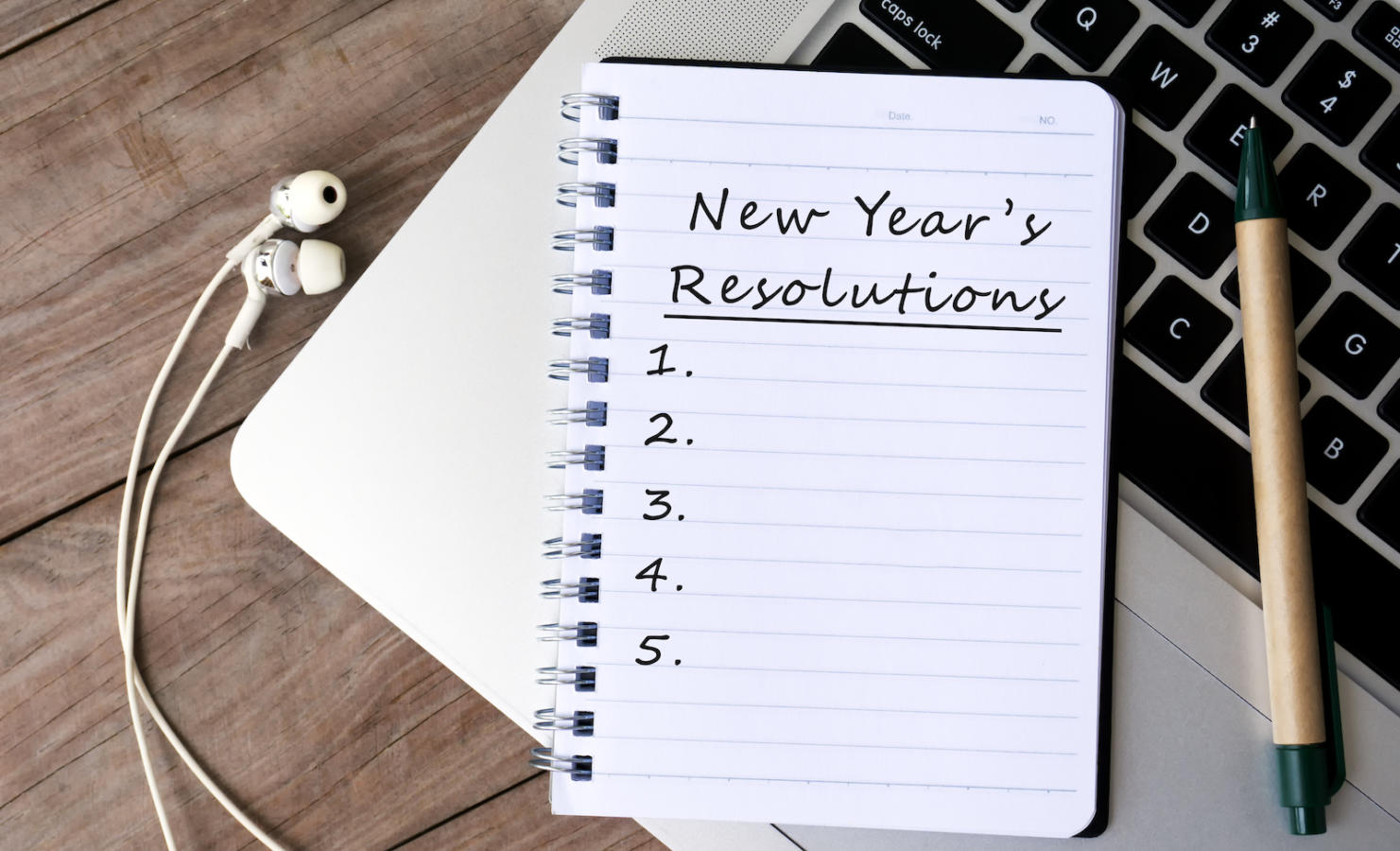 It is important to recognize that “energy flows where attention goes.” If we want to make changes in our experience, we must remember to take correct action towards our goals in a spiritual way rather than merely establishing new “worldly” solutions to our dilemmas. In other words, it’s not enough to change our habits; we must also change our spirit.
It is important to recognize that “energy flows where attention goes.” If we want to make changes in our experience, we must remember to take correct action towards our goals in a spiritual way rather than merely establishing new “worldly” solutions to our dilemmas. In other words, it’s not enough to change our habits; we must also change our spirit. Finally, it is not enough to simply speak or think in this new way; we must also feel it. Our spirit must hold the feeling that what we desire is already here. How does it feel to have more time and feel more connected to our loved ones? When we focus our spirit in this way and stand in our truth, we connect with source and unleash our true, unlimited, creative power.
Finally, it is not enough to simply speak or think in this new way; we must also feel it. Our spirit must hold the feeling that what we desire is already here. How does it feel to have more time and feel more connected to our loved ones? When we focus our spirit in this way and stand in our truth, we connect with source and unleash our true, unlimited, creative power.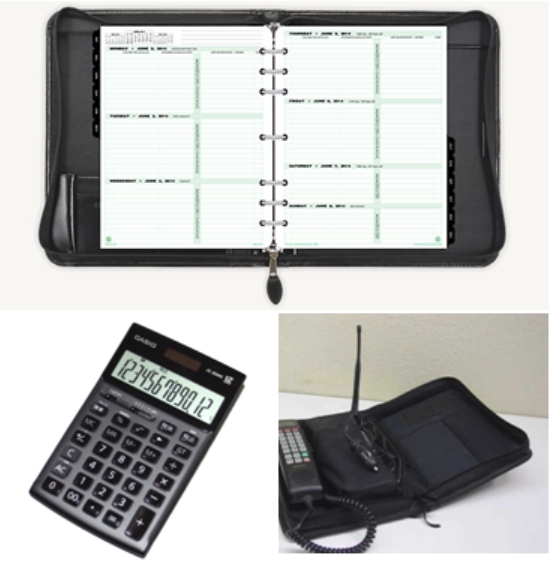 Take a look at these items from our past; a day planner, a calculator and a bag phone. Just a mere 20 years ago many of us used these devices regularly in our lives to manage our time, make calculations or keep in touch with others when we were away from home. I can remember how cool it was to be able to make and receive phone calls in my car (and how short those conversations were since the airtime was charged at $0.10 per minute!) I can also remember when I purchased my first
Take a look at these items from our past; a day planner, a calculator and a bag phone. Just a mere 20 years ago many of us used these devices regularly in our lives to manage our time, make calculations or keep in touch with others when we were away from home. I can remember how cool it was to be able to make and receive phone calls in my car (and how short those conversations were since the airtime was charged at $0.10 per minute!) I can also remember when I purchased my first 
 found thousands of pictures like this one. I was just simply looking for an image on the internet to show the merging of two paths and it brought me the “dominant” mindset we have about relationships being about “choosing the right path.” And while it is definitely important to know ourselves and understand what we want for ourselves in our own life, we must also understand what happens in our life after we choose to share it with someone else; when we walk our paths of life together.
found thousands of pictures like this one. I was just simply looking for an image on the internet to show the merging of two paths and it brought me the “dominant” mindset we have about relationships being about “choosing the right path.” And while it is definitely important to know ourselves and understand what we want for ourselves in our own life, we must also understand what happens in our life after we choose to share it with someone else; when we walk our paths of life together. We naturally want to make a good impression and be liked and it is very difficult to avoid this part of the process. Some people claim to be tired of “playing games” and want to “just be themselves,” however, instead of being genuine they are putting on a different kind of show by placing barriers to intimacy between them and any potential partners. “Take me as I am; love me or get out of my way” is a different kind of mask but a mask just the same.
We naturally want to make a good impression and be liked and it is very difficult to avoid this part of the process. Some people claim to be tired of “playing games” and want to “just be themselves,” however, instead of being genuine they are putting on a different kind of show by placing barriers to intimacy between them and any potential partners. “Take me as I am; love me or get out of my way” is a different kind of mask but a mask just the same.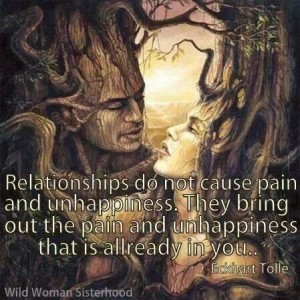 While this is all good advice, there is another aspect of relationships that we should also consider; what we need to learn from the interaction itself.
While this is all good advice, there is another aspect of relationships that we should also consider; what we need to learn from the interaction itself. In most parts of our lives we are frequently categorizing things and people; placing them into the little “sections” we have defined in our brain like good or bad, smart or dumb, loving or self-centered, and the list goes on. But there’s no reason to be confused by the term “life coach” and I believe, if you look inside yourself, you probably could explain what I do very easily.
In most parts of our lives we are frequently categorizing things and people; placing them into the little “sections” we have defined in our brain like good or bad, smart or dumb, loving or self-centered, and the list goes on. But there’s no reason to be confused by the term “life coach” and I believe, if you look inside yourself, you probably could explain what I do very easily.